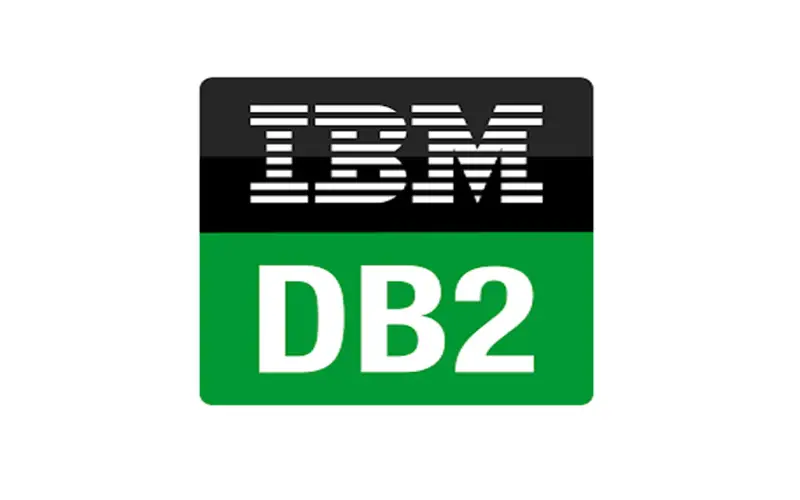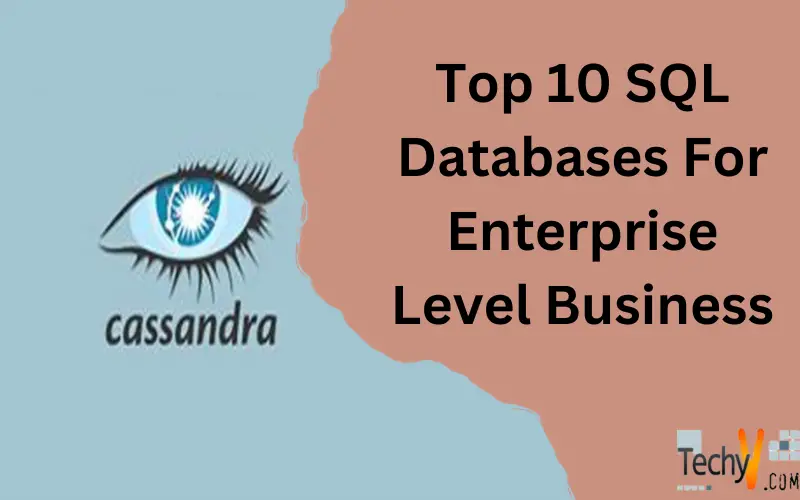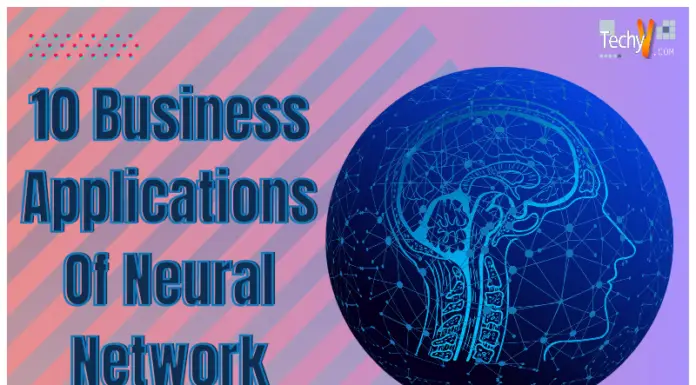Selecting the optimal database solution warrants careful analysis depending on business requirements, as the data layer forms a foundational component across enterprise systems. Vendors offer divergent capabilities targeting different use cases – whether transactional, analytical, or hybrid workloads. As part of regular evaluation cycles, DBAs need to thoroughly assess the resilience of databases across test regimes and deployment topologies. In this article, I comprehensively outline the top 10 SQL and NoSQL databases that excel for enterprise deployments based on criteria spanning scalability, high availability, security, and ecosystem support. Leading relational and non-relational technologies have respective strengths that suit transactional or analytical needs respectively. SQL databases enable full ACID compliance for reliable transactions, while NoSQL databases offer greater scalability and flexibility. Across categories, databases continue advancing integrations with native cloud services alongside ongoing on-premise support. Closely evaluating alternate solutions provides a structured framework for enterprises to determine the ideal platform for hosting business data while accounting for future growth.
1. Microsoft Azure SQL Database
Microsoft Azure SQL Database tops the list by offering a fully managed Platform-as-a-Service (PaaS) solution built upon the venerable SQL Server engine. The cloud-hosted database simplifies provisioning and routine database administration while guaranteeing 99.99% availability under the enterprise SLA. Companies can configure advanced capabilities like geo-replicated secondaries and auto-failover groups to enable resilient cross-region disaster recovery across Azure regions. With automatic monitoring and tuning, DBAs spend less time on maintenance tasks like patching, capacity planning, and optimization. Built-in intelligence identifies performance issues and resolves blocking queries.
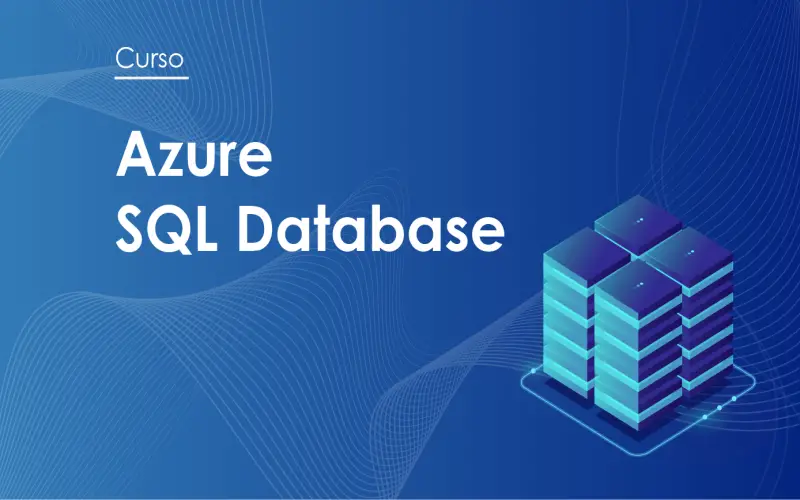
2. MySQL
The open-source MySQL relational database ranks as the most popular database using SQL queries across the globe. Backend infrastructure powering top global web properties and SaaS applications routinely rely on MySQL to handle enormous transactional workloads. Available as community or commercial editions, MySQL offers great flexibility in deployment options – whether self-managed on-premise, hybrid, or fully cloud-hosted platforms. Database schemas can smoothly adapt to shifting application data requirements through standard DDL commands and scripts. Both row-based and columnar storage engines are available. Database schemas can smoothly adapt to shifting application data requirements through standard DDL commands and scripts.

3. PostgreSQL
PostgreSQL has a well-deserved industry reputation for stability, data integrity, standards compliance, and query correctness across workloads. The open-source object-relational database is fully ACID compliant featuring mature support for nested transactions, foreign keys, triggers, updatable views, materialized views, and other capabilities required by demanding applications. Large global organizations as diverse as Apple, Fujitsu, Red Hat, and Skype trust Postgres to manage business data – both powering online transactional and analytical workloads via OLTP and OLAP access patterns respectively. PostgreSQL enterprise features include sophisticated replication mechanisms, robust connection pooling, parallelized queries, partitioning, subscription-based logical decoding, and spatial/JSON processing. Large global organizations as diverse as Apple, Fujitsu, Red Hat, and Skype trust Postgres to manage business data.

4. MariaDB
MariaDB emerged as a very popular community fork of MySQL focused on extensive performance optimizations and scalability enhancements. Large web-scale players including Booking.com, ServiceNow, and Google reliably operate MariaDB to host business data and handle fast, resilient transactions. Modern features like microsecond precision timestamps, instant ADD COLUMN alterations, and Online Schema change enable frictionless schema evolution to accommodate new application requirements. The option of deploying optimized columnar storage formats allows MariaDB to also handle more complex analytical use cases beyond just transaction
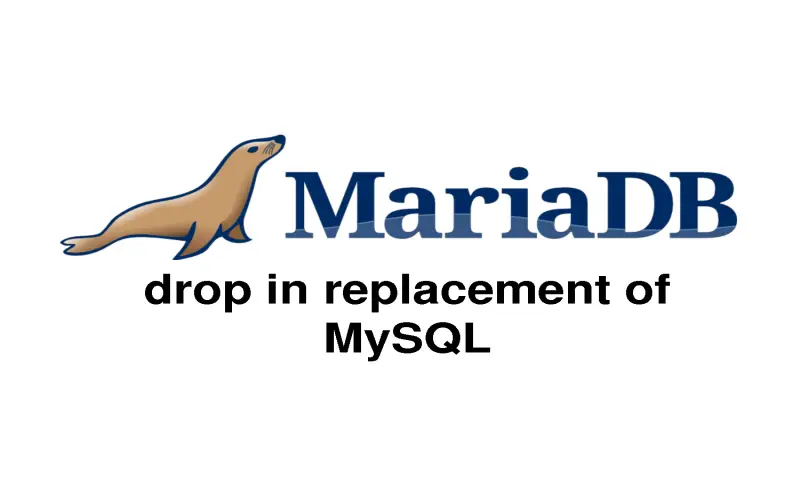
5. MongoDB
The MongoDB document database exemplifies prestigious NoSQL platforms explicitly built from the ground up for horizontal scale-out to handle immense data volumes across distributed deployments. MongoDB offers native versatility through dynamic schemas, indexing on nested field values, manipulations of complex and deeply hierarchical document structures, and polymorphic queries. High-performance drivers are available across major programming languages while MongoDB integrates seamlessly with Spark connectors for big data pipelines. Global companies use MongoDB to build representational stateful applications that evolve rapidly.
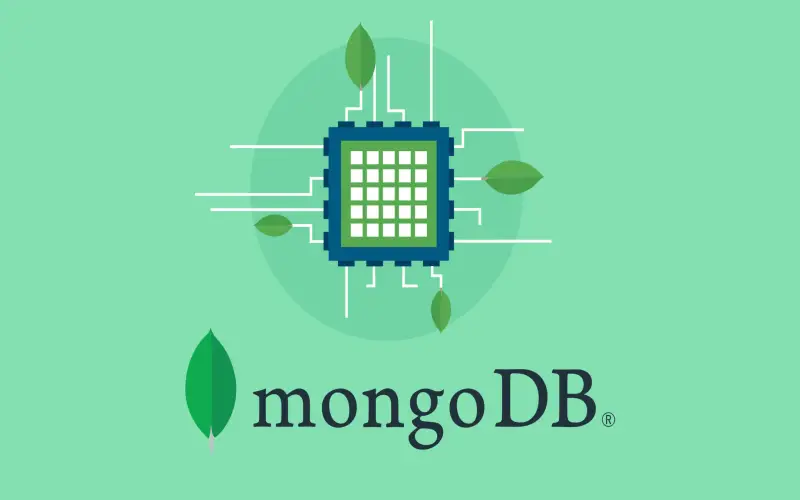
6. Cassandra
Originally incubated at Facebook, Cassandra remains an extremely popular wide-column store known for managing sizable volumes of structured, semi-structured, and unstructured data across large commodity hardware clusters. Cassandra’s masterless peer-to-peer ring architecture provides continuous availability without Single Points Of Failure (SPOFs). The linear scalability model enables Cassandra to handle consistently heavy write workloads across multiple globally distributed data centers. Use cases range from managing expansive product catalogs to storing and analyzing tens of billions of IoT telemetry data points.

7. SQLite
SQLite deserves a mention for its massive global footprint powering countless applications across billions of mobile devices, embedded systems, and endpoint clients. The self-contained, serverless, zero-configuration database provides durable embedded data storage and access locally on the client device itself. Despite the tiny footprint, SQLite transactions can still adhere to strict ACID guarantees thus enabling mission-critical reliability without administrative overheads. The compact public domain source code is frequently customized by vendors for tailored embedded integrations.

8. Cubrid
The Cubrid relational database created in South Korea focuses primarily on optimal performance across OLTP workloads common in web-based applications needing millisecond response times. Cubrid incorporates advanced features like stored procedures, triggers, cursors, and other capabilities to orchestrate business logic through embedded SQL extensions. Telecommunications companies, financial services organizations, e-commerce storefronts, and game publishers across Asia routinely deploy Cubrid to support high-traffic customer-facing systems at a sizable scale.
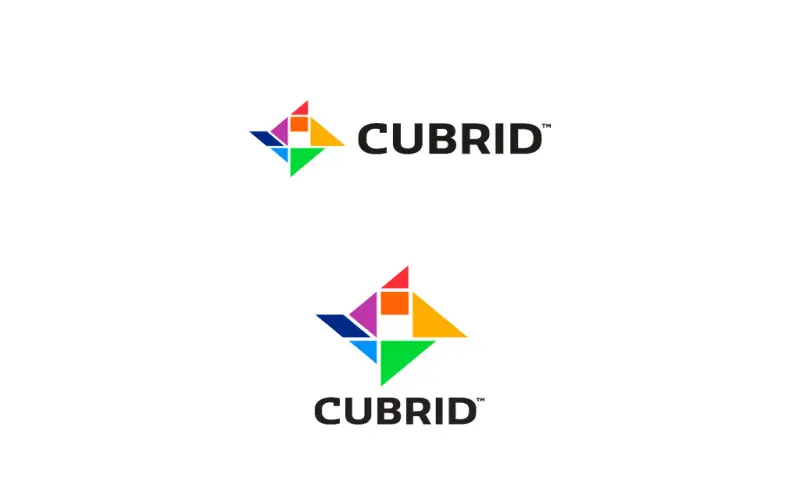
9. Oracle Database
The Oracle database historically led proprietary enterprise data platforms powering mission-critical systems across verticals for over four decades. The feature-rich RDBMS supports massive OLTP and OLAP workloads while offering advanced security, data compression, in-memory caching, partitioning, and replication capabilities. Oracle provides several engineered systems like Exadata that tightly integrate software with hardware optimizations. Although licensing and infrastructure costs run quite high, Oracle databases are proven to offer industrial-grade reliability across the most demanding transactional applications.
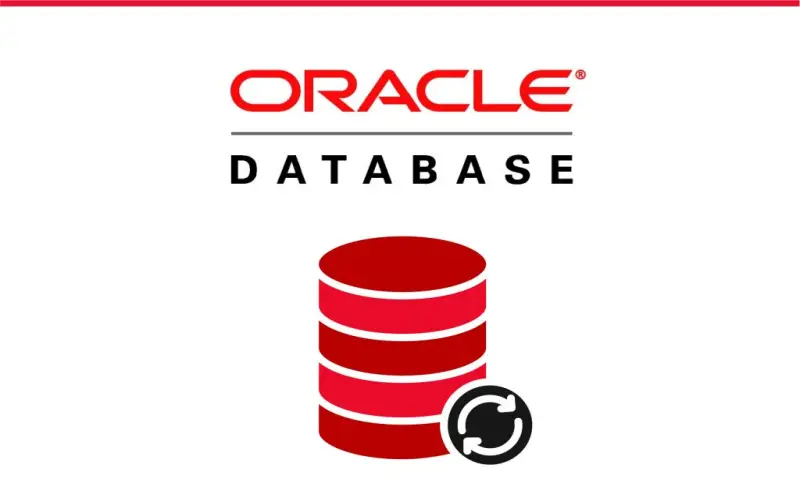
10. IBM Db2
Lastly, IBM’s Db2 rounds out this list available across platforms from mainframe to IBM Cloud deployments. The Db2 family constitutes fully integrated relational and hybrid transactional/analytical platforms. Advanced workload management, continuous data ingestion, and in-database machine learning allow Db2 to handle very demanding enterprise workloads. Db2 Query Edition (Db2QE) offers a highly scalable serverless deployment option to execute ANSI SQL queries over vast streams of event data for analytical pipelines.
